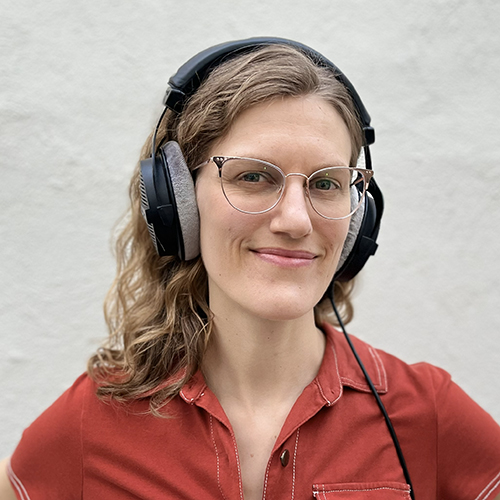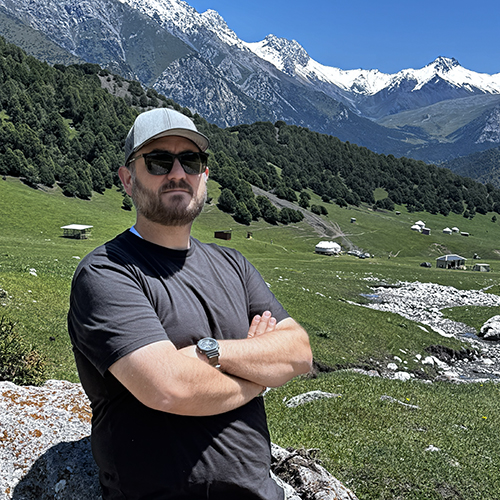Future cancer patients may have Dan Fu to thank for their individualized cancer treatment. Fu, assistant professor of chemistry, is developing tools that will identify the traits of cancer cells within a tumor with greater accuracy than ever before. For his ambitious work, he was recently named a 2017 Beckman Young Investigator, with a multi-year $750,000 award from the Arnold and Mabel Beckman Foundation.
One hallmark of cancer cells is that they grow and divide uncontrollably. Cancer treatments are designed to halt that growth and division. But cells within a tumor are often heterogeneous, with different mutation profiles and growth rates, complicating treatment. Even cells of the same type can grow at different rates depending on their location within a tumor. Cells close to a blood vessel, for example, may grow more quickly than cells further away from the vessel.

“It makes it hard to have a standardized treatment,” says Fu. “Every person is unique, but also every cell is unique. So if we only treat the tumor as a whole, ignoring the difference between different cancer cells, the danger is that the drug kills only a fraction of the cells but leaves some behind. If one cell population in the tumor is growing really slowly and not responding to drugs, that could be a major factor in the tumor coming back.”
Fu is developing an integrated optical imaging system that will allow researchers to more accurately measure the growth rates and other factors of each cancer cell in a tumor. The technology will also enable the study of tumors in a three-dimensional environment, which is crucial for understanding their behavior. Currently, most scientists study cells in a single layer in a Petri dish.
Once this is developed, we’ll be able to actually see how individual cells in a tumor grow and respond to a cancer drug...
“It’s important to study cell growth in its natural environment,” says Fu. “Cells form spheroids, or clumps, and that cell-to-cell contact is really important, but you can’t see that in a single layer in a Petri dish.” The smooth, flat surfaces of the ubiquitous Petri dish are problematic as well. “Nowhere in your body do you have cells that attach to surfaces like that,” Fu says. “When cells grow in that environment, the physiology of the cells changes because they have to attach to a surface that doesn’t exist in the body. But that approach is what scientists are comfortable with, and what they have been using for many decades.”
Fu’s integrated optical imaging system uses invisible near-infrared light to explore whole tumor spheroids and more accurately measure not just individual cell growth within the tumor but also a range of other micro-environmental factors such as oxygen levels, pH, and metabolic activity, all of which influence cell behavior. At least that’s the hope.
“We’re at the very beginning,” Fu says. “We know that we are able to image cell growth with the methods we’re developing. Now the question is whether we have the accuracy to actually differentiate between two different cells. Our goal is to refine the tools and combine that with three-dimensional cell culture.”
The implications for cancer treatment could be huge. “Once this is developed, we’ll be able to actually see how individual cells in a tumor grow and respond to a cancer drug, allowing doctors to tailor treatment options rather than treating the cells as if they’re all the same,” says Fu. “That would be a key development.”
More Stories

Bringing Music to Life Through Audio Engineering
UW School of Music alum Andrea Roberts, an audio engineer, has worked with recording artists in a wide range of genres — including Beyoncé.

Through Soil Science, an Adventure in Kyrgyzstan
Chemistry PhD alum Jonathan Cox spent most of 2025 in Kyrgyzstan, helping farmers improve their soil—and their crops—through soil testing.

A Sports Obsession Inspires a Career
Thuc Nhi Nguyen got her start the UW Daily. Now she's a sports reporter for Los Angeles Times, writing about the Lakers and the Olympics.